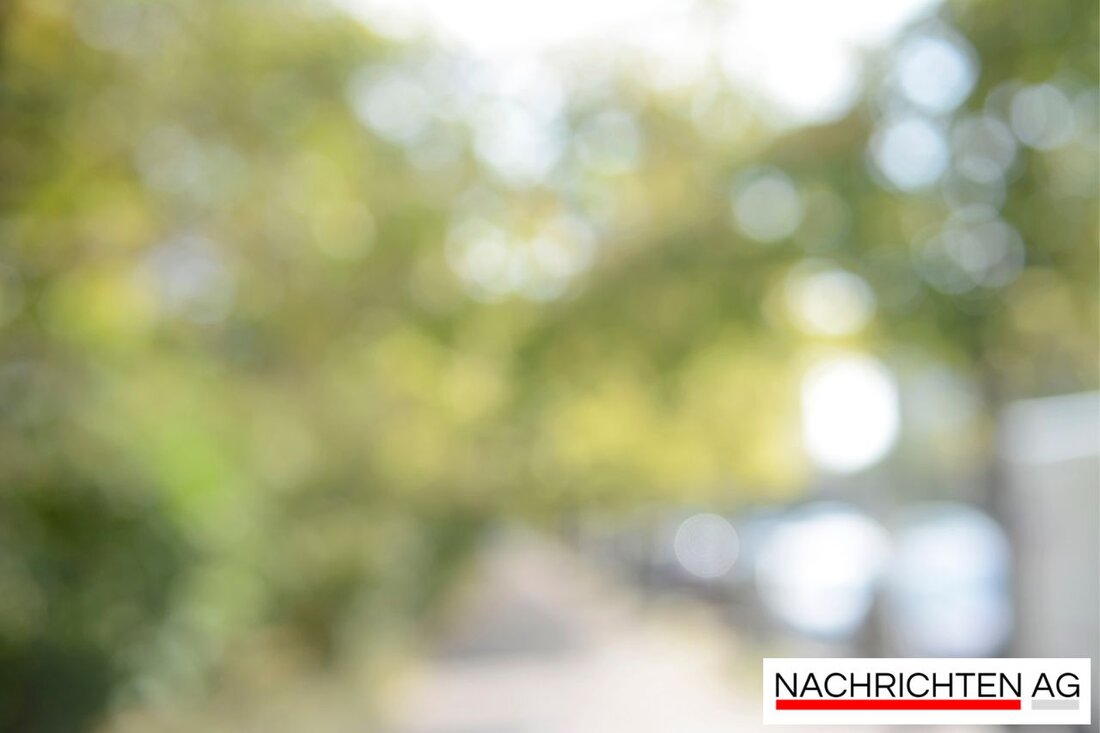Nitrogen revolution: clever fertilization with mixed silphy!
Find out how the “SilphieGuide” project in Straubing optimizes the nitrogen utilization of digestate fertilizer and researches sustainable fertilization strategies.

Nitrogen revolution: clever fertilization with mixed silphy!
The volunteer silphia (Silphium perfoliatum L.) has established itself as a perennial that is particularly important in agriculture as an alternative biogas plant. This plant belongs to the Asteraceae family and is characterized by high biomass production, making it ideal as a substrate for biogas production. How Weekly newspaper DLV Reportedly, the harvest takes place between mid-August and mid-September, providing farmers with valuable opportunities. But what about the fertilization strategy?
Theoretically, the removal of nutrients from the Silphie is not a major problem, as the digestate can be returned from biogas plants. However, there are challenges with fertilising digestate because the risk of gaseous nitrogen losses should not be underestimated. As part of the “SilphieGuide” research project, various digestate fertilizer variants will be examined from 2022 to 2024 in order to improve nitrogen utilization. Among other things, comparisons are made between drag hose technology and other methods in order to ensure effective liquid manure application.
Fertilizer strategies put to the test
The tests take place at the Straubing location and on practice areas. Particularly noteworthy are the innovations that come into play in the fertilization strategies, e.g. the use of slot and injection devices, which are intended to reduce gaseous N losses. This is done by TFZ Bavaria described in detail. The researchers show that fertilizing the Silphie with digestate makes sense, but that nitrogen utilization still needs to be improved.
A recent study found that digestate fertilization in the fall season is less effective than that in the spring. The tests showed that the digestate should be spread in the spring in order to minimize N losses, although loosening the soil before spreading also leads to better results.
Diverse use of fermentation residues
Fermentation residues from biogas plants have established themselves as a valuable source of nutrients and are used in a variety of applications in agriculture. Energy Renewable highlights that they are rich in nitrogen, phosphorus and potassium and sustainably improve soil fertility and soil structure. Digestive residues not only promote water retention, but also microbial activity in the soil.
In addition, innovative treatment technologies can significantly optimize the use of digestate, thereby supporting sustainable agricultural initiatives. Fermentation residues also offer economic advantages for farmers by reducing the costs of synthetic fertilizers.
Considering the challenges in Silphie cultivation, such as high removal of potassium, magnesium and calcium, it is important that farmers are aware of fertilization strategies and put the latest research into practice. With the right technologies and strategies, the Silphie could not only contribute to sustainable energy production, but also to improving agricultural land in Germany.

 Suche
Suche
 Mein Konto
Mein Konto